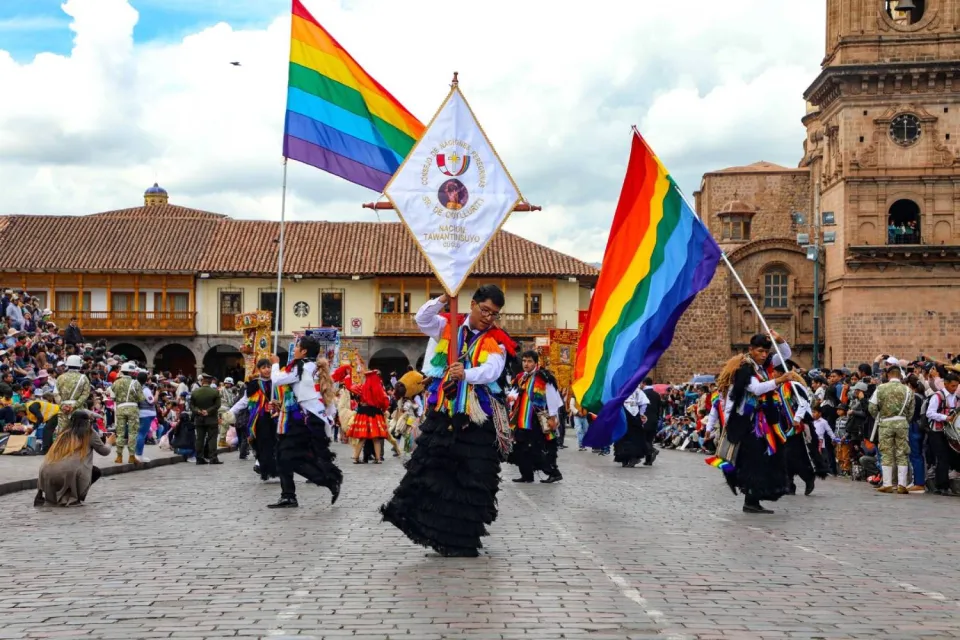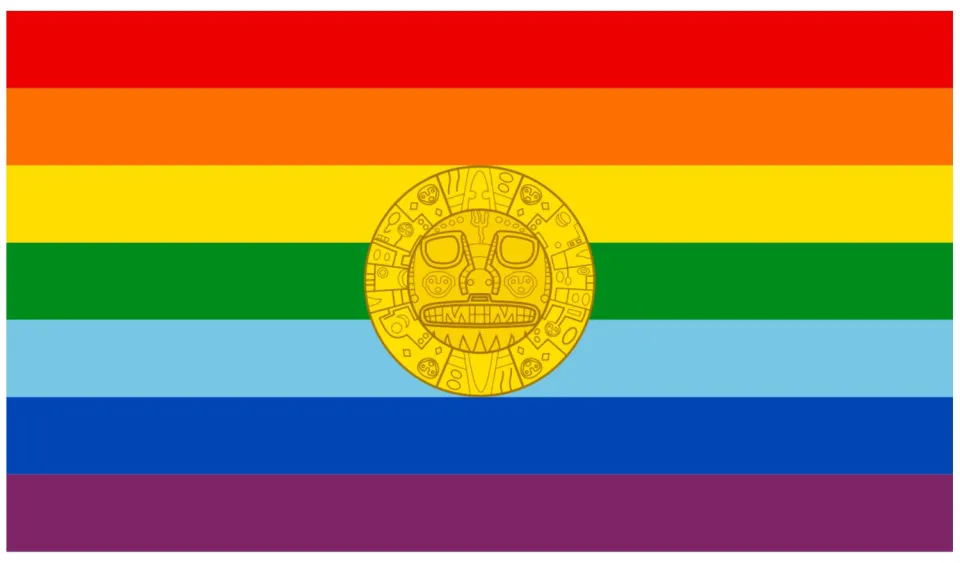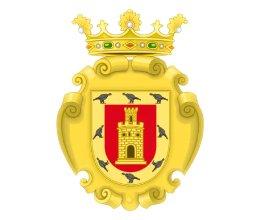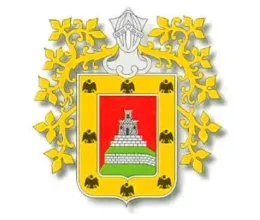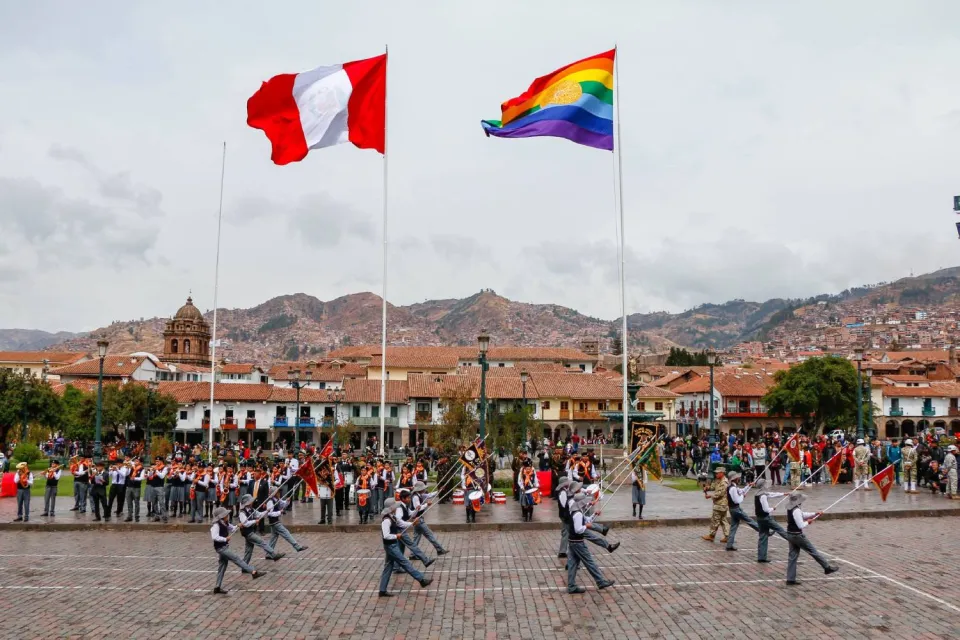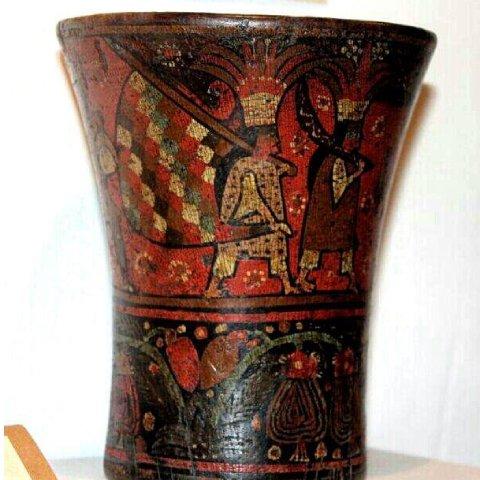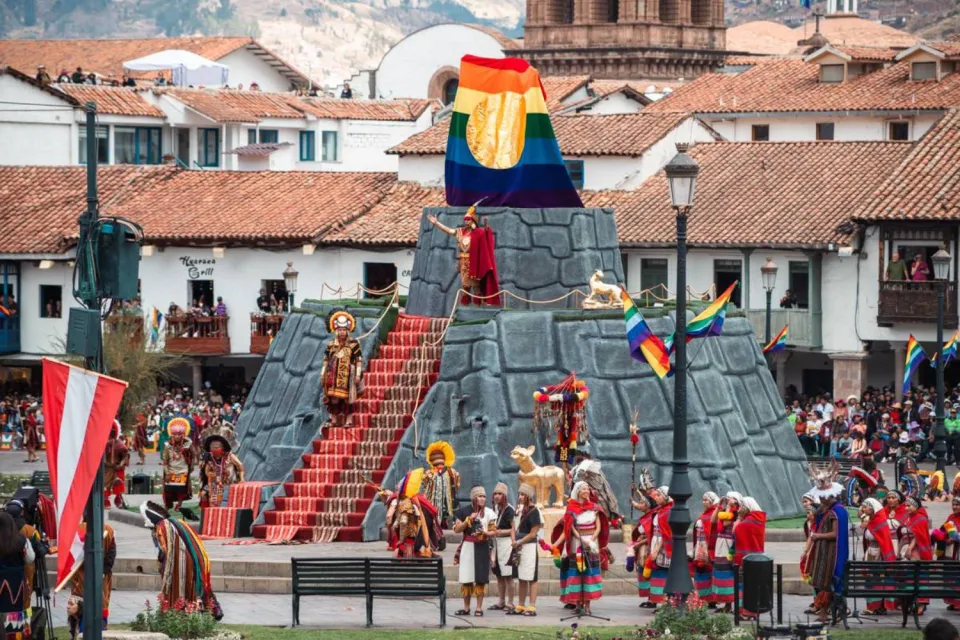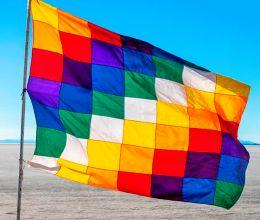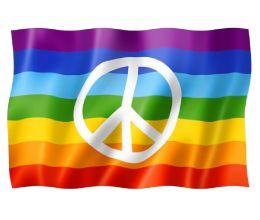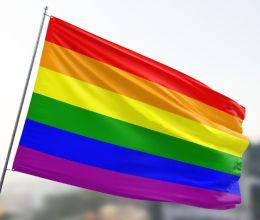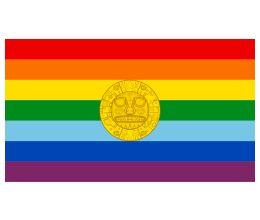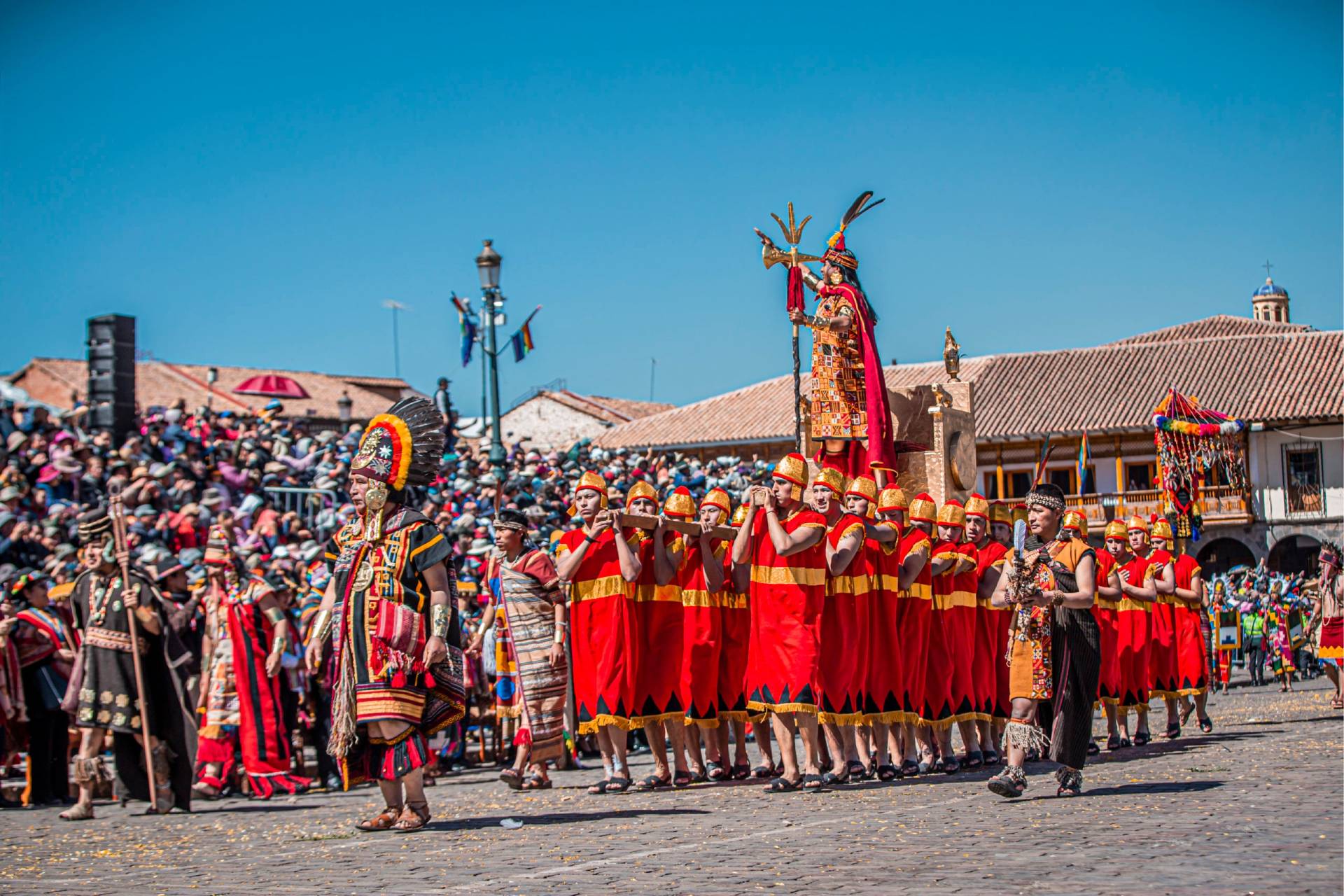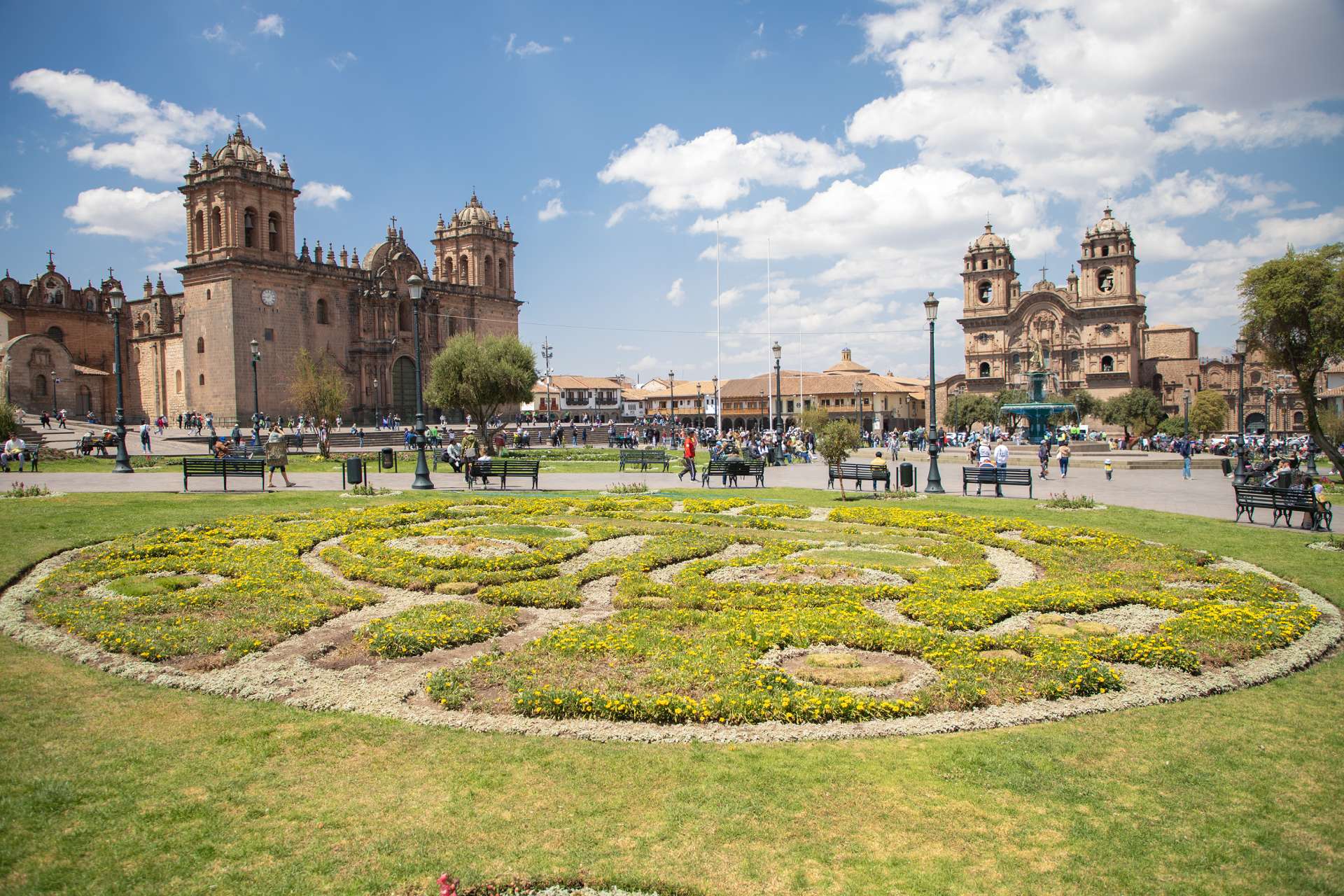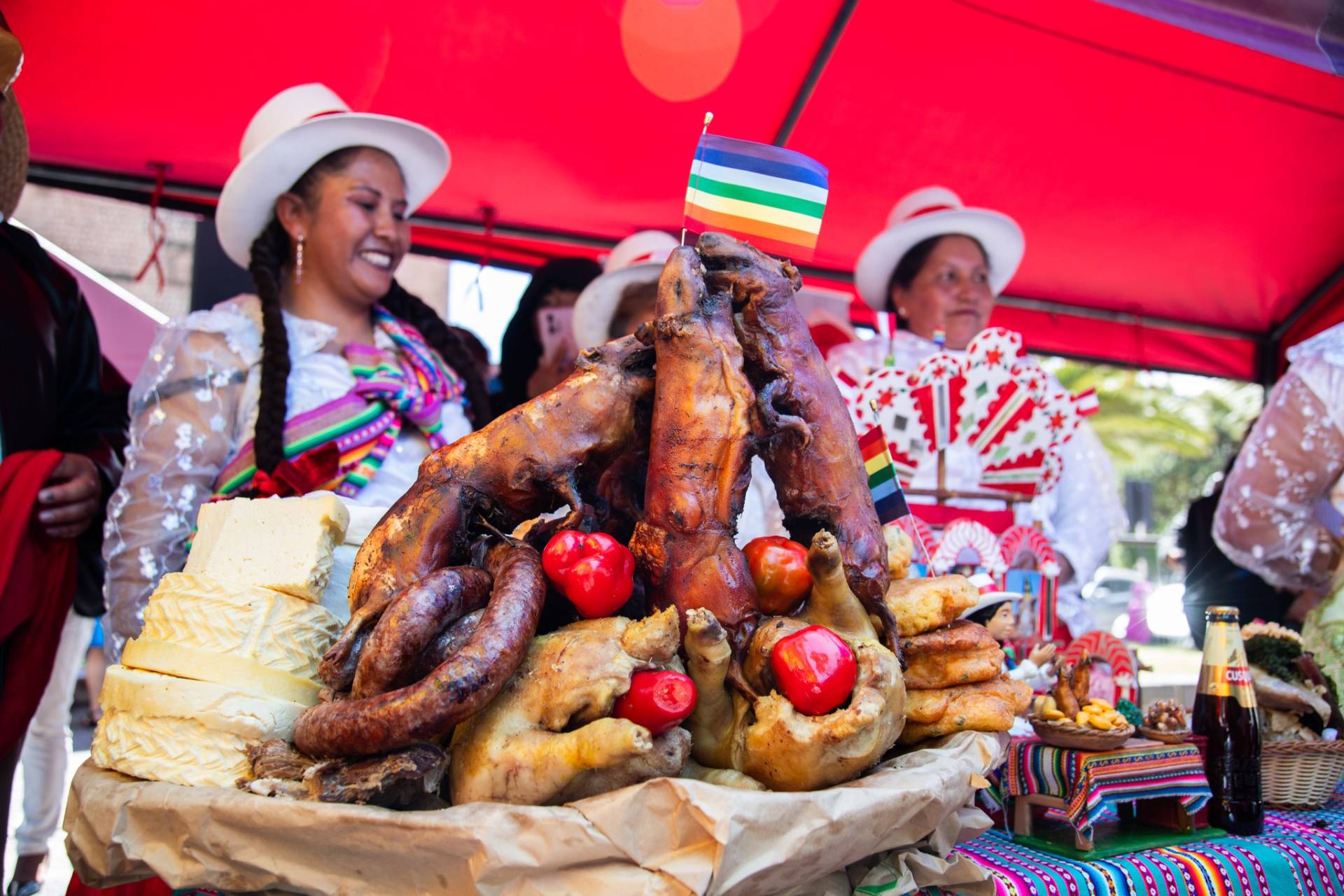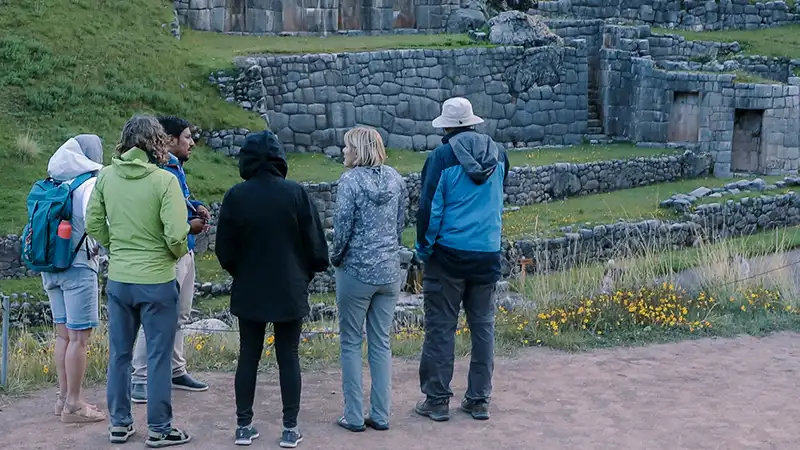When you think of the Cusco flag, you probably imagine an ancestral tradition, woven on the looms of the Incas. Nothing could be further from the truth.
Today I will reveal to you the true origin of the Cusco flag, how it emerged in the midst of local radio and why its resemblance to the LGBT flag has ignited a debate that divides Cusqueños.
What is the Cusco flag?
The flag of Cusco is a symbol that represents the city since 1978. It emerged as a way to commemorate the anniversary of the Inca foundation of the city.
It is distinguished by its seven horizontal stripes, each with a color of the rainbow. During the months of June and July, this flag flies in the Plaza de Armas, in public buildings and in many houses in the city.
What is its meaning?
Cusqueños feel a special affection for their flag, as it represents the pride of their Andean identity and the cultural richness of the city, which was the capital of the ancient Inca empire.
Characteristics of the flag
Colors of the stripes
The colors representing the Inca god Kuychi, the deity associated with the rainbow, inspired the flag of Cusco. According to tradition, the temple of Coricancha housed a chapel dedicated to this god.
For the Incas, the rainbow was a sacred symbol that represented the harmony between heaven and earth, as it connected the Inca with the gods. It also announced difficult situations, such as plagues or diseases.
During the colonial period, the Spanish used the Kuychi as the coat of arms of the Sapa Inca because of its relationship with the mythical Amaru serpent. This gave it more symbolic strength and led the people of Cusco to adopt it as their flag.
Each color of the Cusco flag has a meaning:
- Red: Represents the land and the blood of the heroes who defended the region.
- Orange: Symbolizes the energy and creativity of the people.
- Yellow: It means wealth, gold and abundance.
- Green: Represents fertility and the surrounding nature.
- Light blue: Symbolizes the sky and Andean spirituality.
- Blue: Represents water as the source of life.
- Violet: Signifies the wisdom and deep thought of the Andean people.
Another theory holds that the seven colors represent the chakras or energy centers of the human body. In any case, these colors reflect the Andean cosmovision and the connection with nature, essential aspects of the Cusquenian identity.
The Incas usually designed their banners as squares and used them on occasions such as wars and important festivities, such as Inti Raymi. Their designs included geometric patterns and staggered symbols.
Coat of arms of the flag
Since 2021, the Cusco flag sports in the center the Sun of Echenique, also known as the Golden Intiq or the Inti Square. Officials added this element to differentiate it from the LGTB+ flag.
Why did they place it?
The Echenique Sun symbolizes power, fertility and life. In addition, this sun was one of the most important gods of the Inca religion, so it reinforces the meaning and the Inca legacy in the city of Cusco.
Echenique's Sun presents a human face in the center, surrounded by alternating straight and wavy rays, very similar to Inca representations of the sun god. These rays represent the strength and energy emanating from the sun.}
History of the flag of Cusco
Although it sounds strange, the current Cusco flag has no direct relation with the Incas. During the Tahuantinsuyo, the royal families used banners or flags to differentiate themselves, rather than a flag as such.
Colonial flag
During the viceroyalty, the Spaniards refounded Cusco on July 19, 1540. At that time, the city received its first coat of arms.
This coat of arms went through many changes over time. Those in charge replaced the castle with a tower, and then replaced it with an Inca-style pedestal or watchtower.
Finally, all these changes culminated in a coat of arms made official on June 23, 1986. What was kept from the beginning were the eight condors, considered sacred by the Incas.
This coat of arms represented Cusco in a very significant way and was used for almost five centuries, until it fell into oblivion.
Current flag
In 1973, Raúl Montesinos Espejo, owner of the old Cusco radio station "Radio Tahuantinsuyo", organized a contest to create the Cusco flag for the 25th anniversary of the station. The Cervesur brewery sponsored the contest and offered a prize of 500 soles to the winner.
The winning design was that of Professor Mario Cutimbo Hinojosa. That same year, they made the flag and hoisted it for the first time in the Plaza de Armas as part of the prize.
Afterwards, Mario Cutimbo was questioned about the inspiration for his design. He explained that he had been inspired by the wiphala, a square emblem used by the indigenous peoples of Peru, Bolivia, Chile, Ecuador, northwestern Argentina and southern Colombia.
After five years, the Municipality of Cusco officially adopted the flag through Municipal Resolution No. 17. The flag was officially raised for the first time on June 9, 1978, by Mayor Gilberto Muñiz Caparo.
Due to controversy over confusions with the LGBT+ flag, in 2021 the authorities added to the center of the flag the coat of arms with the “Sun of Echenique”.
Some confuse Raul Montesinos Espejo with the author of the flag; however, he only organized the contest. Moreover, he presented it as the flag of the Tahuantinsuyo, but he never conducted studies to prove the validity of this model nor its direct relationship with the Incas.
Connection with the Inca empire
The flag of Cusco has no direct link with the Tahuantinsuyo. The Incas used royal banners that received different names in Quechua, such as Laphara, Phalala, Unancham, Wiphala and Querara.
These banners were used by the royal families (panacas) and the ayllus to differentiate themselves, show their lineage and represent their power. They were also used in military campaigns, festivities and religious ceremonies.
In particular, the wiphala flag was common in the civil wars and expansion campaigns of the Incas. These flags were small and square, approximately 10 to 12 palms long, made of cotton or wool. Because of their size and material, they did not wave in the wind like modern flags.
Activities in which it is present
The Cusco flag has a leading role in numerous cultural and festive activities of the city, especially in the months of June and July.
June is known as the “jubilee month”, since almost every day processions and cultural festivals such as the Inti Raymi are celebrated.
During these celebrations, the flag of Cusco flies next to the Peruvian flag in the center of the Plaza de Armas.
At the same time, the streets of Cusco are adorned with mini flags of the city placed on street lamps and in the windows of some houses.
On the other hand, in the month of July, the Cusco flag is also present during the military parade.
Curiosities of the flag
- In 1837, the social activist Flora Tristán arrived in Camaná, Arequipa, where she found an Inca temple that paid homage to the rainbow. Fascinated by this finding, she recounted her experience on her return to Europe, which influenced the cooperative movement to adopt the colors of the rainbow as a symbol of unity and hope.
- In 1923, in Belgium, they designed a flag in the colors of the rainbow to represent the cooperative movement.
- In 1925, in Peru, the Andean cooperativism joined this trend, using the colors of the rainbow as a symbol of union and peace among peoples.
- In 1960, in Italy, the pacifist Aldo Capitini chose a flag of seven colors to represent his movement, although he arranged the colors in inverted order.
- On December 15, 1964, in Peru, during the government of Fernando Belaúnde Terry, the Mesa Cooperativista Nacional began to actively use the seven-color Andean flag in its activities.
- In 1968, under the revolutionary government of the Armed Forces led by General Juan Velasco Alvarado, the seven-color flag became a symbol of the political and social process of the time.
- Finally, in 1973, the painter Juan Bravo recreated the rainbow flag, reinforcing its visual and cultural value as a representative symbol of Cusco.
Differences and similarities with the LGBT flag
At first glance, both flags may seem identical, as they share almost the same colors, which generates confusion among people. However, if you look at them more closely, you will notice key differences:
| Feature | Cusco flag | LGBT flag |
| Number of stripes | It has 7 stripes of colors, including light blue | It has 6 colors |
| Symbolism | Each color represents an Andean cultural aspect and is inspired by the rainbow as a symbol of an Inca god | It symbolizes the pride and solidarity of the LGBTQ+ communities |
| Colors |
|
|
| Author | Mario Cutimbo Hinojosa, from Cusco | Gilbert Baker, American artist |
| Date of creation | 1973 | June 25, 1978 |
| First appearance | June 9, 1978, officially adopted as the Cusco flag | Gay Freedom Day parade in San Francisco. |
Differences with other flags
| Wiphala | Peace flag | LGBT flag | Cusco flag |
Controversies and debates
The similarity with the LGBT flag has generated debates about the authenticity and design of the Cusco flag. Some people propose to change it, while others defend its cultural and symbolic value.
Over the years, the movement to change Cusco's flag has gained momentum among the city's residents, who feel that it does not accurately represent Cusco's history and culture. In addition, some tourists visiting the city during the Jubilee month confuse the flag of Cusco with the LGBT flag due to their resemblance.
Proponents of the change argue that the flag does not include Inca symbols and that, for many indigenous peoples, the rainbow represents colonialism and oppression.
Beyond these controversies, the Cusco flag is much more than a set of colors: it represents Andean identity, history and culture. Although its origin is modern, the Cusco community has adopted it with pride and considers it a symbol of unity and belonging.

